| Weight | 1 lbs |
|---|---|
| Dimensions | 9 × 5 × 2 in |
| host | rabbit |
| isotype | IgG |
| clonality | polyclonal |
| concentration | 1 mg/mL |
| applications | ICC/IF, WB |
| reactivity | MyD88 (IN) |
| available sizes | 100 µg |
rabbit anti-MYD88 (IN) polyclonal antibody 5407
$445.00
Antibody summary
- Rabbit polyclonal to MYD88 (IN)
- Suitable for: ELISA,WB,IHC-P,IF,IP
- Isotype: IgG
- 100 µg
rabbit anti-MYD88 (IN) polyclonal antibody 5407
| antibody |
|---|
| Tested applications WB,IHC,IHC,ICC/IF,ELISA |
| Recommended dilutions Immunoblotting: use at 1:500-1:1,000 dilution. Positive control: Whole cell lysate from Jurkat cells. |
| Immunogen Peptide corresponding to aa 233-248 of human MyD88. The sequence differs from mouse MyD88 by two amino acids. |
| Size and concentration 100µg and lot specific |
| Form liquid |
| Storage Instructions This antibody is stable for at least one (1) year at -20°C. Avoid multiple freeze- thaw cycles. |
| Storage buffer PBS, pH 7.4. |
| Purity peptide affinity purification |
| Clonality polyclonal |
| Isotype IgG |
| Compatible secondaries goat anti-rabbit IgG, H&L chain specific, peroxidase conjugated, conjugated polyclonal antibody 9512 goat anti-rabbit IgG, H&L chain specific, biotin conjugated polyclonal antibody 2079 goat anti-rabbit IgG, H&L chain specific, FITC conjugated polyclonal antibody 7863 goat anti-rabbit IgG, H&L chain specific, Cross Absorbed polyclonal antibody 2371 goat anti-rabbit IgG, H&L chain specific, biotin conjugated polyclonal antibody, crossabsorbed 1715 goat anti-rabbit IgG, H&L chain specific, FITC conjugated polyclonal antibody, crossabsorbed 1720 |
| Isotype control Rabbit polyclonal - Isotype Control |
| target relevance |
|---|
| Protein names Myeloid differentiation primary response protein MyD88 |
| Gene names MYD88,MYD88 |
| Mass 33233Da |
| Function FUNCTION: Adapter protein involved in the Toll-like receptor and IL-1 receptor signaling pathway in the innate immune response (PubMed:15361868, PubMed:18292575, PubMed:33718825, PubMed:37971847). Acts via IRAK1, IRAK2, IRF7 and TRAF6, leading to NF-kappa-B activation, cytokine secretion and the inflammatory response (PubMed:15361868, PubMed:19506249, PubMed:24316379). Increases IL-8 transcription (PubMed:9013863). Involved in IL-18-mediated signaling pathway. Activates IRF1 resulting in its rapid migration into the nucleus to mediate an efficient induction of IFN-beta, NOS2/INOS, and IL12A genes. Upon TLR8 activation by GU-rich single-stranded RNA (GU-rich RNA) derived from viruses such as SARS-CoV-2, SARS-CoV and HIV-1, induces IL1B release through NLRP3 inflammasome activation (PubMed:33718825). MyD88-mediated signaling in intestinal epithelial cells is crucial for maintenance of gut homeostasis and controls the expression of the antimicrobial lectin REG3G in the small intestine (By similarity). {ECO:0000250|UniProtKB:P22366, ECO:0000269|PubMed:15361868, ECO:0000269|PubMed:18292575, ECO:0000269|PubMed:19506249, ECO:0000269|PubMed:20855887, ECO:0000269|PubMed:24316379, ECO:0000269|PubMed:33718825, ECO:0000269|PubMed:37971847, ECO:0000269|PubMed:9013863}. |
| Subellular location SUBCELLULAR LOCATION: Cytoplasm {ECO:0000269|PubMed:15361868, ECO:0000269|PubMed:15492225, ECO:0000269|PubMed:37971847}. Nucleus {ECO:0000269|PubMed:21057262}. |
| Tissues TISSUE SPECIFICITY: Ubiquitous. {ECO:0000269|PubMed:8957090}. |
| Structure SUBUNIT: Homodimer. Also forms heterodimers with TIRAP (PubMed:17322885, PubMed:19506249, PubMed:19948740). Binds to TLR2, TLR5, IRAK1, IRAK2 and IRAK4 via their respective TIR domains. Interacts with IL18R1. Interacts with BMX, IL1RL1, IKBKE and IRF7. Interacts with LRRFIP1 and LRRFIP2; this interaction positively regulates Toll-like receptor (TLR) signaling in response to agonist. Interacts with FLII. LRRFIP1 and LRRFIP2 compete with FLII for MYD88-binding. Interacts with IRF1. Upon IL1B treatment, forms a complex with PELI1, IRAK1, IRAK4 and TRAF6; this complex recruits MAP3K7/TAK1, TAB1 and TAB2 to mediate NF-kappa-B activation. Direct binding of SMAD6 to PELI1 prevents the complex formation and hence negatively regulates IL1R-TLR signaling and eventually NF-kappa-B-mediated gene expression. May interact with PIK3AP1. Interacts (via TIR domain) with DHX9 (via H2A and OB-fold regions); this interaction is direct (PubMed:20696886). Interacts with OTUD4 deubiquitinase; the interaction is direct (PubMed:29395066). Interacts with TLR4 (PubMed:36232715). {ECO:0000269|PubMed:15361868, ECO:0000269|PubMed:15492225, ECO:0000269|PubMed:16286016, ECO:0000269|PubMed:16951688, ECO:0000269|PubMed:17322885, ECO:0000269|PubMed:18292575, ECO:0000269|PubMed:19265123, ECO:0000269|PubMed:19506249, ECO:0000269|PubMed:19948740, ECO:0000269|PubMed:20696886, ECO:0000269|PubMed:20855887, ECO:0000269|PubMed:20966070, ECO:0000269|PubMed:21179087, ECO:0000269|PubMed:23453969, ECO:0000269|PubMed:24316379, ECO:0000269|PubMed:29395066, ECO:0000269|PubMed:36232715}.; SUBUNIT: (Microbial infection) In case of infection, interacts with uropathogenic E.coli protein TcpC; suppressing Toll-like receptor (TLR)-mediated cytokine production. {ECO:0000269|PubMed:23569230}.; SUBUNIT: (Microbial infection) In case of infection, interacts with uropathogenic E.faecalis protein TcpF; suppressing Toll-like receptor (TLR)-mediated cytokine production. {ECO:0000269|PubMed:25369374}.; SUBUNIT: (Microbial infection) In case of infection, interacts with B.melitensis protein TcpB. {ECO:0000269|PubMed:22155231, ECO:0000269|PubMed:24265315}.; SUBUNIT: (Microbial infection) Interacts with human metapneumovirus protein M2-2; this interaction prevents MYD88-mediated cytokine secretion. {ECO:0000269|PubMed:24618691}. |
| Post-translational modification PTM: Ubiquitinated; undergoes 'Lys-63'-linked polyubiquitination. OTUD4 specifically hydrolyzes 'Lys-63'-linked polyubiquitinated MYD88 (PubMed:29395066). Deubiquitinated by USP3 that cleaves 'Lys-63'-linked ubiquitin chains leading to inhibition of MYD88-induced NF-kappa-B signaling (PubMed:37971847). {ECO:0000269|PubMed:29395066, ECO:0000269|PubMed:37971847}.; PTM: (Microbial infection) Ubiquitinated by human herpesvirus 8 (KSHV) protein RTA/ORF50, leading to proteasomal degradation ans suppression of TLR4 signaling pathway. {ECO:0000269|PubMed:25320320}. |
| Domain DOMAIN: The intermediate domain (ID) is required for the phosphorylation and activation of IRAK. {ECO:0000250|UniProtKB:P22366}. |
| Involvement in disease DISEASE: Immunodeficiency 68 (IMD68) [MIM:612260]: An autosomal recessive primary immunodeficiency characterized by life-threatening, often recurrent, pyogenic bacterial infections, including invasive pneumococcal disease, beginning in infancy or early childhood. {ECO:0000269|PubMed:18669862, ECO:0000269|PubMed:19506249, ECO:0000269|PubMed:21057262, ECO:0000269|PubMed:24316379}. Note=The disease is caused by variants affecting the gene represented in this entry.; DISEASE: Macroglobulinemia, Waldenstrom, 1 (WM1) [MIM:153600]: A malignant B-cell neoplasm characterized by lymphoplasmacytic infiltration of the bone marrow and hypersecretion of monoclonal immunoglobulin M (IgM) protein. Clinical features are variable and include anemia, thrombocytopenia, hepatosplenomegaly, and lymphadenopathy. Many patients have asymptomatic or indolent disease. {ECO:0000269|PubMed:21179087, ECO:0000269|PubMed:22931316, ECO:0000269|PubMed:24366360}. Note=The disease is caused by variants affecting the gene represented in this entry.; DISEASE: Note=Defects in MYD88 are frequently found in many hematological malignancies, such as activated B-cell type diffuse large B-cell lymphoma (ABC-DLBCL), cutaneous diffuse large B cell lymphoma (CBCL) and primary central nervous system lymphoma (PCNSL). {ECO:0000269|PubMed:21179087, ECO:0000269|PubMed:22931316}. |
| Target Relevance information above includes information from UniProt accession: Q99836 |
| The UniProt Consortium |
Data
Publications
| pmid | title | authors | citation |
|---|---|---|---|
| We haven't added any publications to our database yet. | |||
Protocols
| relevant to this product |
|---|
| Western blot IHC ICC |
Documents
| # | SDS | Certificate | |
|---|---|---|---|
| Please enter your product and batch number here to retrieve product datasheet, SDS, and QC information. | |||
Only logged in customers who have purchased this product may leave a review.

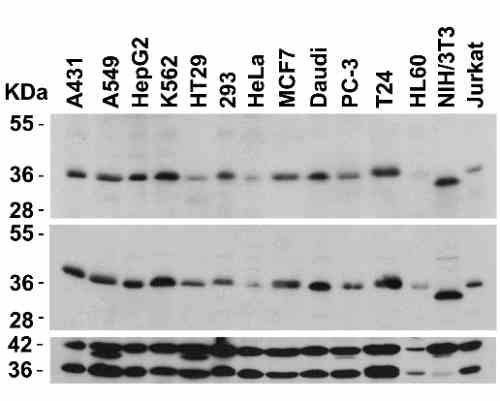








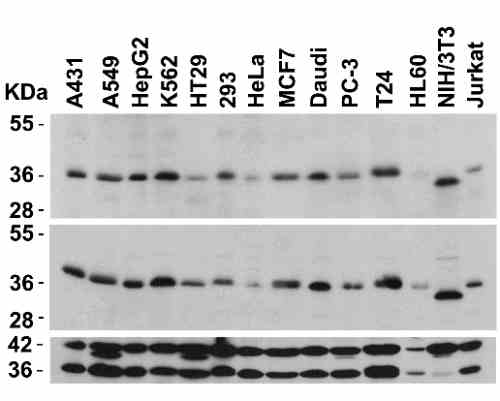
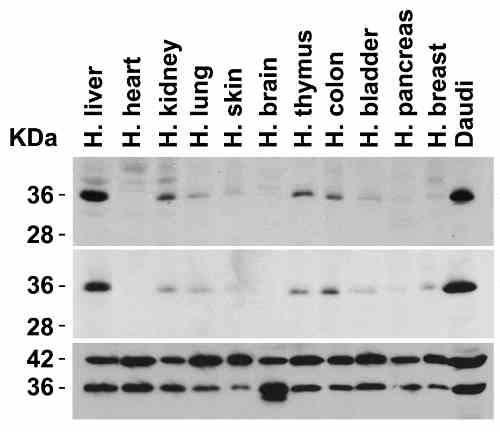
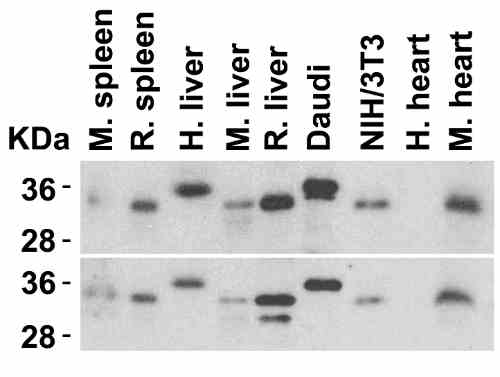
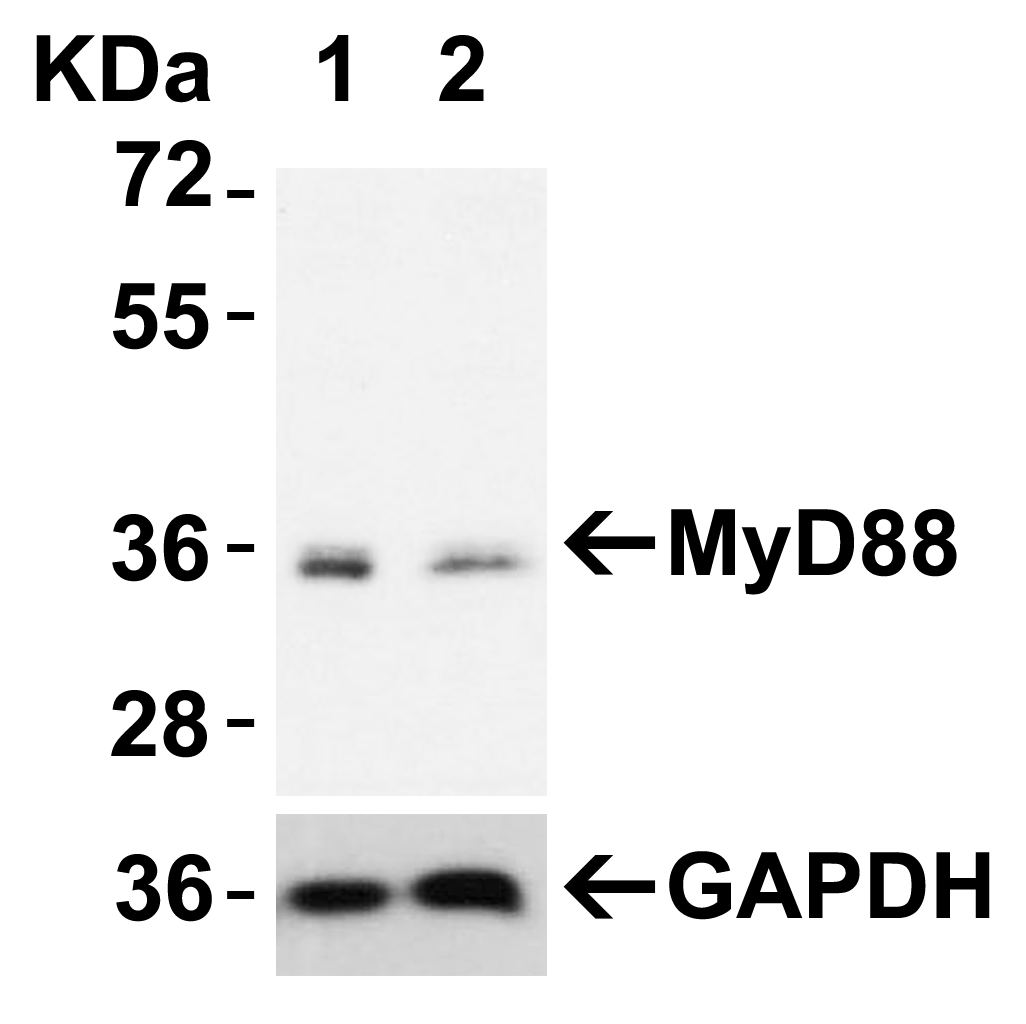
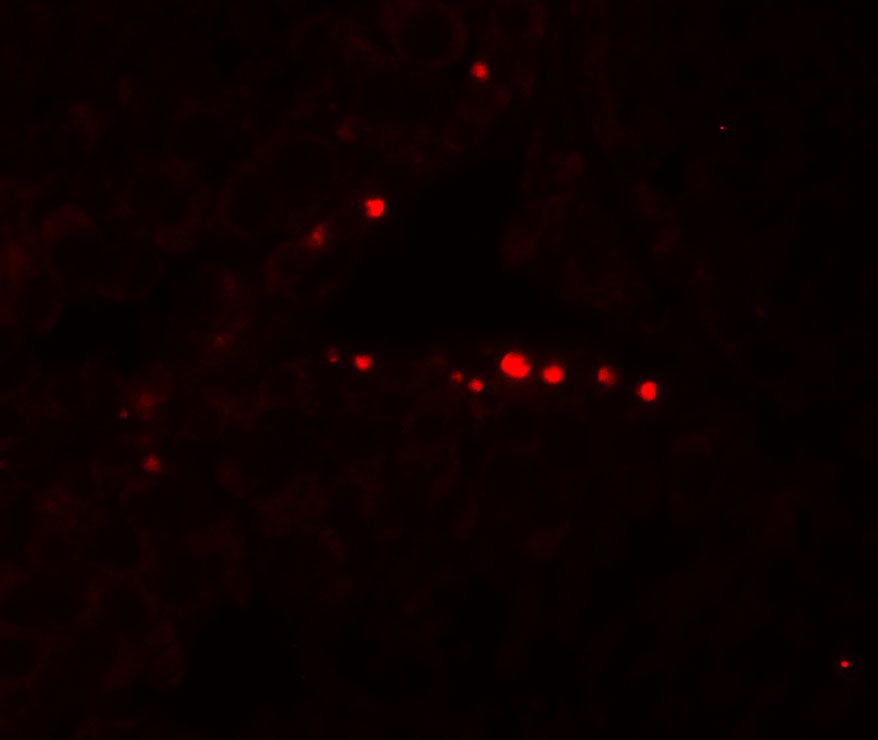

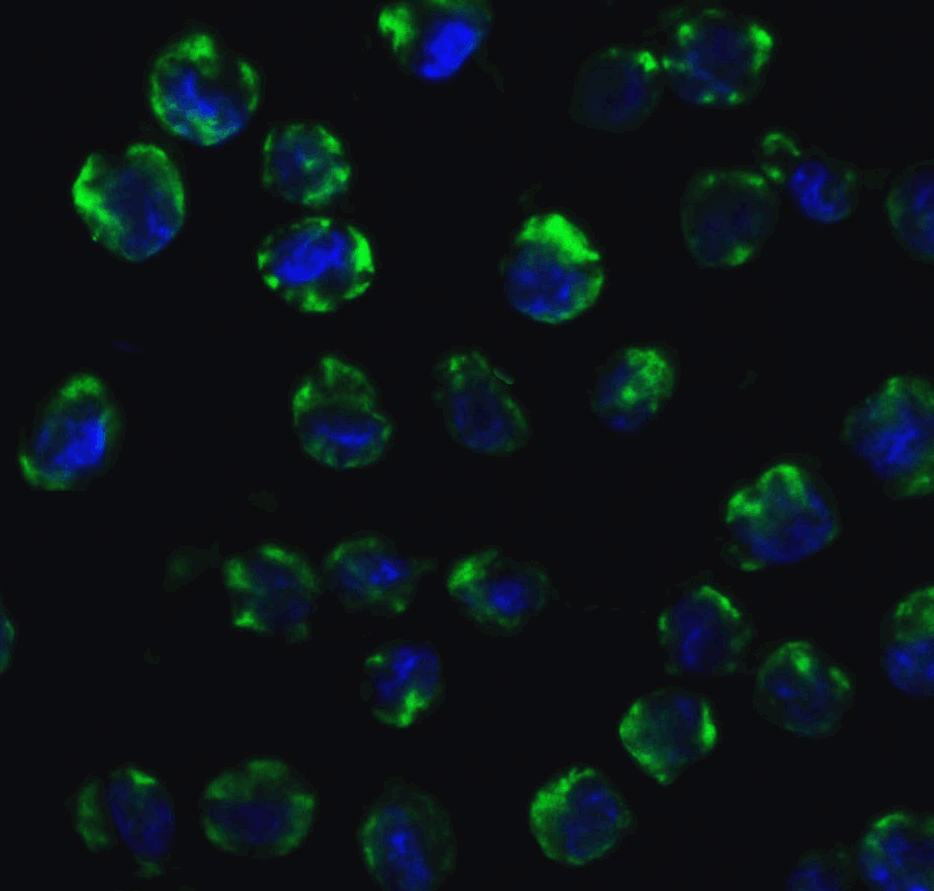
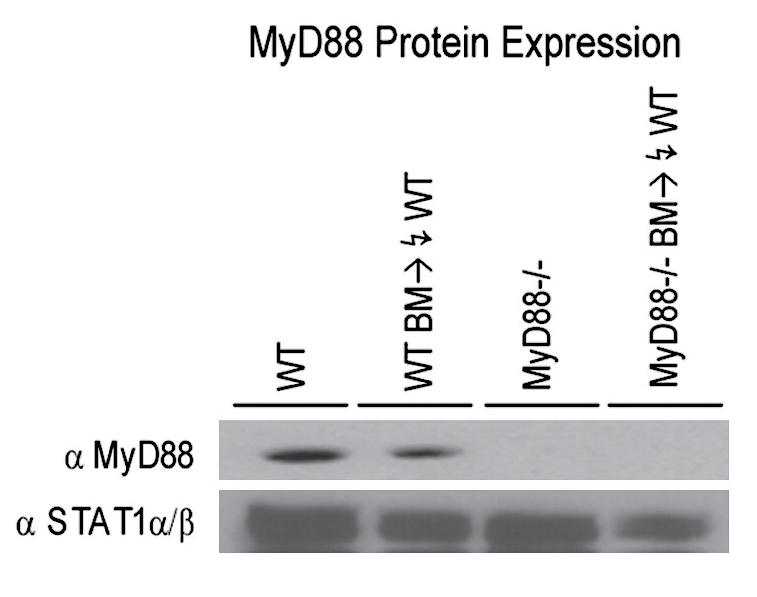
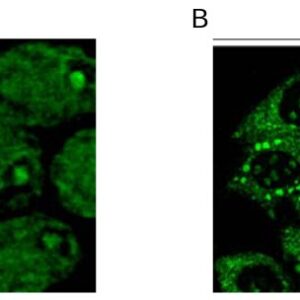
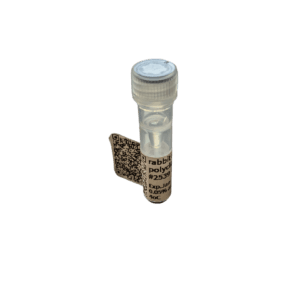
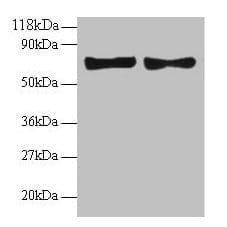
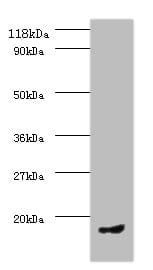

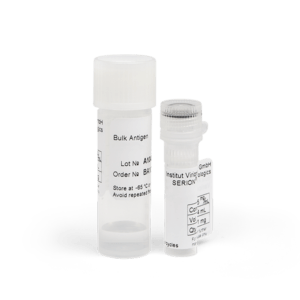
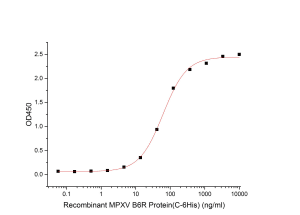
Reviews
There are no reviews yet.